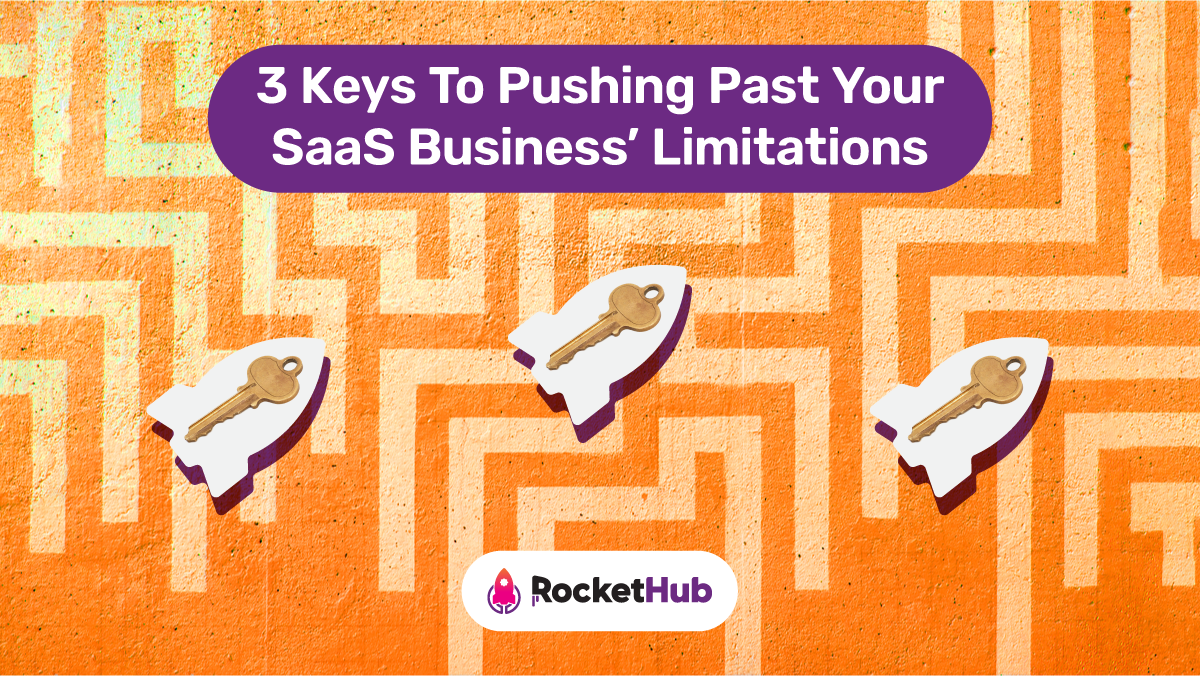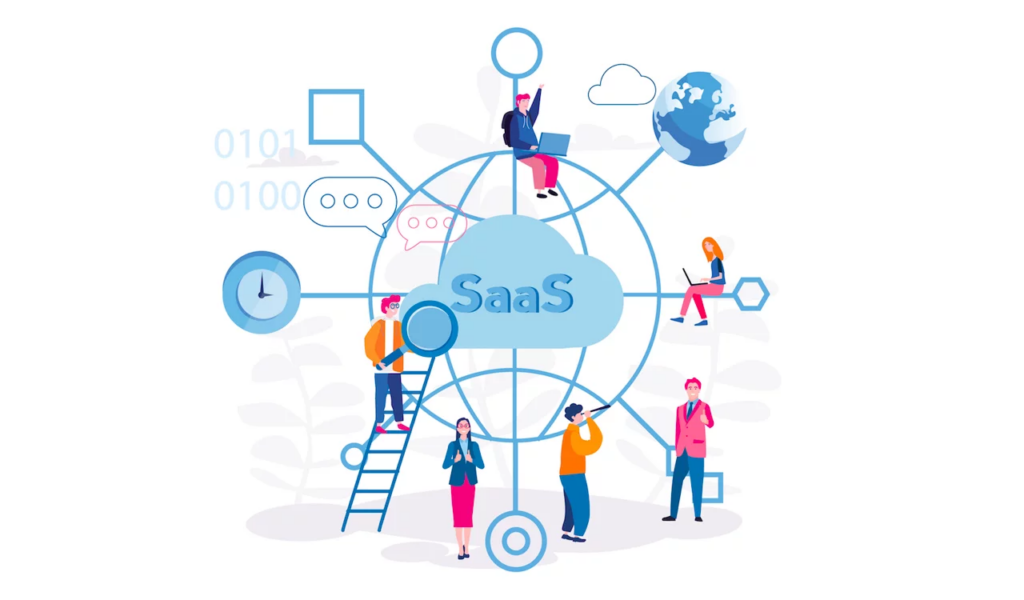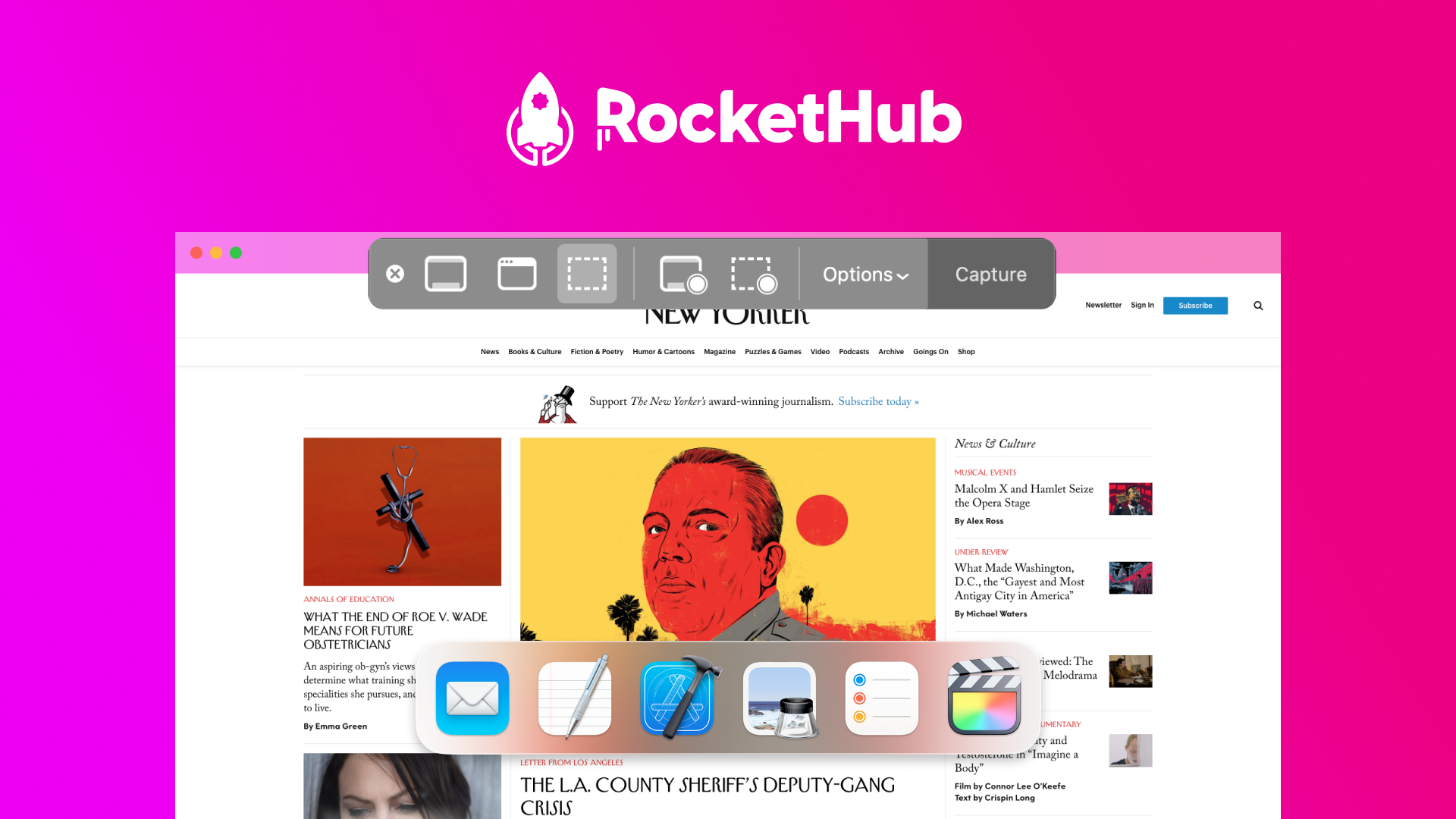
3 Keys To Pushing Past SaaS Business Limitations
- Angel Alfred
- March 27, 2023

As a SaaS business owner, you’re driven to push your business to the limit. You want to see your company grow, expand, and become a leader in your industry. However, as you’ve likely already experienced, there are often limitations that can hold your business back. But don’t worry – there are ways to push past these limitations and continue to grow your SaaS business. In this post, we’ll discuss three key strategies that can help you overcome your SaaS business limitations and take your business to the next level.
SaaS Business and their Limitations

Software as a Service (SaaS) is a business model in which software applications are delivered over the internet, and users can access them through a web browser or other devices. SaaS has become increasingly popular in recent years because it offers several advantages to both businesses and users.
One of the main advantages is that SaaS applications are typically subscription-based, which makes them more affordable for small and medium-sized businesses. SaaS applications are hosted on the cloud, so users can access them from anywhere with an internet connection.
However, SaaS businesses also have their limitations. One of the main limitations is that they are heavily reliant on internet connectivity. If there is an outage or slow internet speeds, users may experience issues accessing their SaaS applications. And because SaaS applications are hosted on the cloud, users may have concerns about the security of their data. While SaaS providers typically have security measures in place, there is always a risk of data breaches.
Another limitation of SaaS businesses is that they can be difficult to customize. Because the applications are hosted on the cloud, users may not have the same level of control over the software as they would with on-premises software. This can make it challenging for businesses with unique needs to find a SaaS application that meets all of their requirements.
Recommended for you: Top 10 SaaS Startup Communities For Business Owners in 2023
3 Keys To Pushing Past Your SaaS Business’ Limitations
From developing a strong marketing strategy to investing in your team and technology, these strategies will help you break through your limitations and achieve your business goals. Let’s go ahead and find them out!
Key #1: Innovation
Innovation is a crucial component for SaaS businesses to overcome limitations and stay ahead of the competition. It is the process of creating something new or improved that adds value to the business and its customers. In a rapidly changing industry, SaaS businesses must continuously innovate to meet customer demands, stay relevant, and maintain their market position.
Overcoming Limitations
Innovation is essential for overcoming limitations that SaaS businesses face, such as scalability, customer retention, and increasing competition. For example, a SaaS business can innovate by introducing new features that solve customer pain points, improving the user experience, and expanding into new markets. By doing so, they can increase customer satisfaction and retention, attract new customers, and stay ahead of the competition.
Adding New Features
One way SaaS businesses can innovate is by adding new features to their product. This could be anything from a new integration to a new tool that helps automate a certain task. Adding new features not only improves the product but also gives customers more reasons to stay subscribed.
It’s important to keep in mind, however, that adding too many features can lead to clutter and confusion. It’s important to strike a balance between new features and simplicity.
Improving User Experience
Improving the user experience is another way SaaS businesses can innovate. This could be achieved through a redesign of the user interface, adding more customization options, or implementing better onboarding processes.
By improving the user experience, businesses can make their product easier and more enjoyable to use, leading to increased customer satisfaction and retention.
Expanding into New Markets
Expanding into new markets is another way SaaS businesses can innovate. This could be achieved by targeting a new industry or demographic, or by expanding into a new geographical region. By doing so, businesses can tap into new revenue streams and attract new customers.
However, it’s important to carefully research and understand the new market before making any significant investments.
Key #2: Customer Focus
Putting customers at the center of a business can be a game-changer for companies that are struggling to overcome limitations. By focusing on the needs and wants of their customers, businesses can improve their products and services, increase customer loyalty, and ultimately drive growth.
Improving Customer Support
One way businesses can put their customers first is by improving their customer support. This can include providing fast and reliable support through various channels, such as email, phone, or chat. Companies can also consider offering self-service options, such as online help centers or knowledge bases, to empower customers to find solutions to their problems independently.
Soliciting Feedback
Another important aspect of customer focus is soliciting feedback. By actively seeking feedback from their customers, businesses can gain valuable insights into their strengths and weaknesses, as well as identify areas for improvement. Companies can use various methods to gather feedback, such as surveys, focus groups, or social media listening. This feedback can then be used to make informed decisions about product development and service offerings.
You can use a tool like Trustmetrics that puts the power of collecting and displaying customer reviews centrally into the hands of business owners.
Personalizing the User Experience in SaaS
In the Software as a Service (SaaS) industry, customer focus can be achieved through personalizing the user experience. This can include tailoring the product to meet the specific needs of individual customers or providing personalized recommendations based on a user’s behavior and preferences.
By leveraging data and analytics, SaaS companies can provide a more engaging and personalized experience, ultimately increasing customer satisfaction and loyalty.
Key #3: Strategic Partnerships
Strategic partnerships can be an excellent way for SaaS businesses to overcome limitations and achieve growth. By collaborating with other businesses, SaaS companies can expand their reach, tap into new markets, and leverage the strengths of their partners. Let’s go ahead and explore how strategic partnerships can benefit SaaS businesses, identify potential partners, and discuss strategies for building and maintaining successful partnerships.
Benefits of Strategic Partnerships
Strategic partnerships can help SaaS businesses in several ways. For example, by partnering with complementary software providers, SaaS companies can offer customers a more complete solution. By collaborating with resellers and distributors, SaaS businesses can reach new markets and expand their customer base.
And by working with other businesses, SaaS companies can leverage their partners’ expertise and resources, which can be especially beneficial for startups and smaller businesses.
Examples of Potential Partners
There are several types of businesses that SaaS companies can partner with, including complementary software providers, resellers, and distributors. Complementary software providers offer software that integrates with or complements the SaaS company’s offerings.
Resellers sell the SaaS company’s products to their customers, while distributors help the SaaS company reach new markets by distributing their products to retailers or other businesses.
Strategies for Building and Maintaining Successful Partnerships
Building and maintaining successful partnerships requires effort and attention. Here are some strategies that SaaS businesses can use to build and maintain successful partnerships:
- When considering potential partners, SaaS companies should look for businesses with compatible values, goals, and cultures. This can help ensure that the partnership is a good fit and that both parties are working towards the same objectives.
- Partnerships should be based on a clear agreement that outlines the responsibilities and expectations of both parties. This can help avoid misunderstandings and ensure that both parties are on the same page.
- Good communication is key to building and maintaining successful partnerships. SaaS businesses should be proactive about communicating with their partners and keeping them informed about important developments.
- SaaS businesses should strive to provide value to their partners. This could mean offering training or support, providing access to resources, or offering incentives for successful partnerships.
Wrapping Up
Identifying and addressing limitations is an ongoing process for any SaaS business. By focusing on the three key areas of innovation, customer feedback, and operational efficiency, you can push past your limitations and drive your business forward. Continuously evaluating your business and making adjustments where needed will allow you to stay agile and competitive in the ever-evolving SaaS landscape.
Share This Post
Angel Alfred
Angel is a digital marketer, a mental health speaker, and above all, a writer. She loves being a part of the RocketHub team and is keen on learning and taking over new challenges every day!
Table of Contents
Get The Latest Updates
Subscribe To Our Weekly Newsletter
Sign up below to be one of the first crew members onboard and get early access to amazing deals.
Recent Posts


Social Media
Categories
Related Posts

Lifetime Deal Platforms
The best lifetime deal platforms for software. Platforms lik RocketHub scour the web for the highest quality products to bring buyers the best lifetime deals on their platform.

How to Work for Yourself + 13 Solo Business Ideas
Do you ever wonder if being your own boss could truly set you free? In this article, we’ll explore the theory that unleashing entrepreneurial freedom

7 Reasons Why Every SaaS Team Needs Interactive Demos
Making a Case for Interactive Demos: 7 Reasons Why Every SaaS Team Needs Them Let me paint a scenario for you. You want to buy


